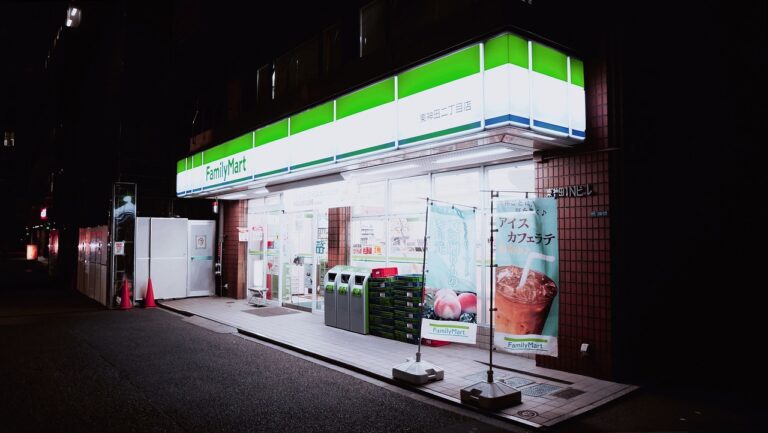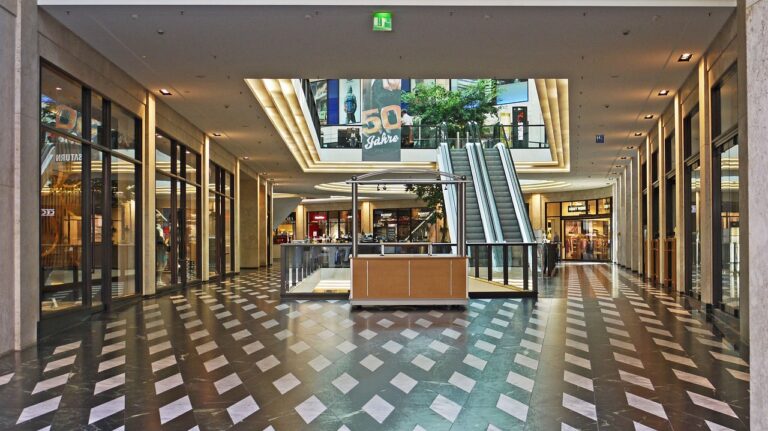The Potential of Blockchain in Authenticating Luxury Goods
Blockchain technology has revolutionized supply chain management by providing transparency and traceability throughout the entire process. With blockchain, each transaction is securely recorded in a decentralized ledger, making it virtually impossible to tamper with or manipulate the data. This ensures that every step in the supply chain is accurately documented, leading to increased trust and efficiency among all parties involved.
Moreover, blockchain technology streamlines the supply chain by reducing paperwork, minimizing errors, and eliminating the need for intermediaries. Smart contracts embedded in the blockchain can automatically execute transactions once certain conditions are met, speeding up processes and reducing the risk of disputes. This level of automation enhances the overall transparency and accountability within the supply chain, ultimately improving the quality and timeliness of delivery to end consumers.
Benefits of Using Blockchain for Authenticating Luxury Goods
Blockchain technology offers a secure and transparent way to authenticate luxury goods. By recording each step of the supply chain process on a decentralized ledger, blockchain ensures that the provenance of a luxury item can be verified with accuracy. This level of transparency helps in building trust among consumers, as they can be confident about the authenticity of the product they are purchasing.
Moreover, blockchain enhances the traceability of luxury goods, allowing manufacturers and retailers to easily track the journey of each item from production to the point of sale. This not only helps in preventing counterfeiting and fraud but also enables quick identification of any issues in the supply chain. With blockchain, the entire history of a luxury product is readily accessible, providing a comprehensive view of its origins and handling throughout the distribution process.
Blockchain technology provides a secure and transparent way to authenticate luxury goods
Recording each step of the supply chain process on a decentralized ledger ensures accurate verification of provenance
Builds trust among consumers by providing assurance of product authenticity
Enhances traceability of luxury goods, allowing easy tracking from production to point of sale
Helps in preventing counterfeiting and fraud in the luxury market
Enables quick identification of any issues in the supply chain
Provides a comprehensive view of the origins and handling of luxury products throughout distribution
Challenges Faced by the Luxury Goods Industry in Authentication
Counterfeiting poses a significant challenge to the luxury goods industry, leading to reputational damage and financial losses for brands. Despite efforts to implement authentication measures, sophisticated counterfeiters continue to replicate products with alarming accuracy, making it difficult for consumers to distinguish between genuine and fake items.
Another challenge faced by the luxury goods industry in authentication is the rise of online marketplaces and social media platforms where counterfeit products are easily accessible. The lack of stringent regulations in these digital spaces allows counterfeiters to operate with impunity, reaching a wider audience and deceiving unsuspecting consumers. As a result, luxury brands must constantly adapt their authentication strategies to combat this pervasive issue in the digital age.
How does blockchain technology help in supply chain management for luxury goods?
Blockchain technology provides a secure and transparent way to track the entire journey of a luxury good, from production to sale, ensuring authenticity and reducing the risk of counterfeit products entering the market.
What are the benefits of using blockchain for authenticating luxury goods?
Some benefits include increased trust and transparency for consumers, reduced risk of counterfeit products, improved brand reputation, and better tracking of products throughout the supply chain.
What are some challenges faced by the luxury goods industry in authentication?
Some challenges include the complexity of global supply chains, the prevalence of counterfeit products, the need for collaboration among industry stakeholders, and the cost of implementing new technology solutions.





